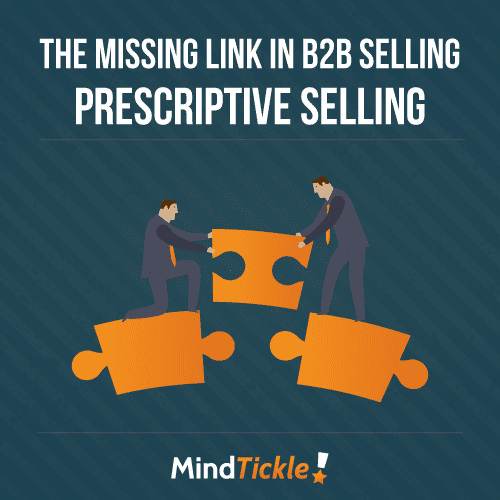 While buyers have access to more information, this doesn’t necessarily mean they’re equipped to make better decisions. In fact, all this information has the potential to overwhelm them, making it even harder to make a decision about a big purchase. The result is a prolonged decision making process and an elongated sales cycle.
While buyers have access to more information, this doesn’t necessarily mean they’re equipped to make better decisions. In fact, all this information has the potential to overwhelm them, making it even harder to make a decision about a big purchase. The result is a prolonged decision making process and an elongated sales cycle.
Research by Corporate Executive Board has found that more information just means customers have more questions, with 65% spending as much time getting ready to speak to a sales rep as they’d anticipated the entire purchase process would take. When coupled with an increase in the number of decision makers – up from 5.4 to 6.8 people in the past two years – it’s even harder to get a decision.
This brings current selling techniques into question. While reps have been focused on responding to customers by giving them more information to help them make decisions, this reduces the ease of purchase by 18%. Whereas reps who are more prescriptive in their approach actually increase the purchase ease for their customers by 86%.
What is prescriptive selling?
Prescriptive selling involves making a recommendation to customers backed with reasons why it’s the best solution for them. This approach involves the rep demonstrating their understanding of the customer’s pain points and needs while offering a valuable solution. It’s proactive and makes it easier for the customer to purchase. It may even reduce the chances that the customer will regret the purchase later on.
And here’s the clincher – a supplier is 62% more likely to win a high-quality sale if they make purchasing easier for their buyers.
The key to prescriptive selling isn’t just about giving the customer a clear recommendation – it’s actually in the organization’s approach to selling. Sales organizations need to be more prescriptive in how their reps can convey these messages in their customer conversations.
So how do you start?
The starting point for any prescriptive selling approach is the customer’s journey. This journey must start before the customer is even aware of your organization or product. Because it’s at this early stage when they’re first bombarded with information and need a prescriptive approach to help guide them through their decision. This means each piece of content across all channels should have a prescriptive lens.
This approach then flows onto all aspects of the sales process. How reps approach conversations, how they articulate the value proposition, and how they deal with objections, should all be more prescriptive. They should all focus on how to help customers make a decision, rather than why they should purchase your product.
This approach also requires a more prescriptive approach to how your reps sell. While formal scripts are rarely appropriate in many complex sales situations, sales organizations should be more prescriptive about how their salespeople should approach different sales situations.
Don’t worry, consultative selling still has its place
While it may seem like prescriptive selling is moving away from the consultative approach to selling, and towards a more rigid sales process, it actually brings together the best of both approaches. Customers won’t respond to well something that feels like a hard sell. Rather they want a solution that meets their specific needs.
But salespeople can rely on more prescriptive content and diagnostic exercises that help customers pinpoint their needs. By providing reps with access to information and real-time training that helps them respond to a customer’s questions they can be more prescriptive and more consultative in how they sell.
The end result is a consistent sales approach. All reps sing from the same songbook, and the way they guide customers along their purchasing journey is similar. With everything tied to the customer’s own purchasing journey, it should also make the process easier for the customer. And as the research shows, the easier the purchasing journey the more chance of a positive decision.
While marketing content is one important part of this process, sales reps also need to be enabled with the tools and information they need to be prescriptive. That may include role plays to practice their messaging, on-demand feedback and coaching from their managers, success stories and examples from their peers, and up-to-date information that they can apply in their customer conversations.
This is a fundamental shift away from the traditional sales approach. No longer can reps just focus on how to get a customer to buy their product. Their role now is to help customers make a decision, full stop. Their customers will thank them for it, and so will their leaders.








